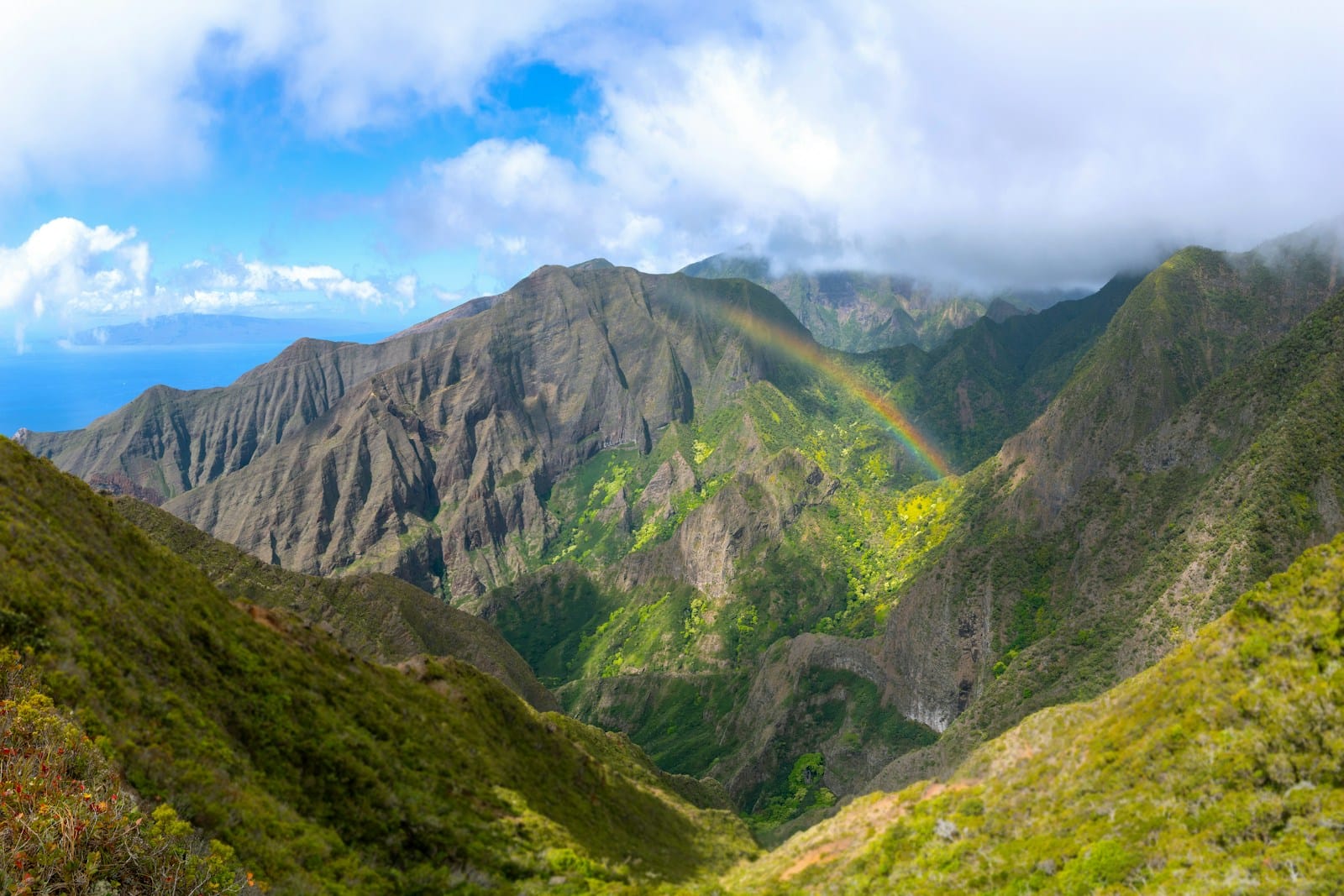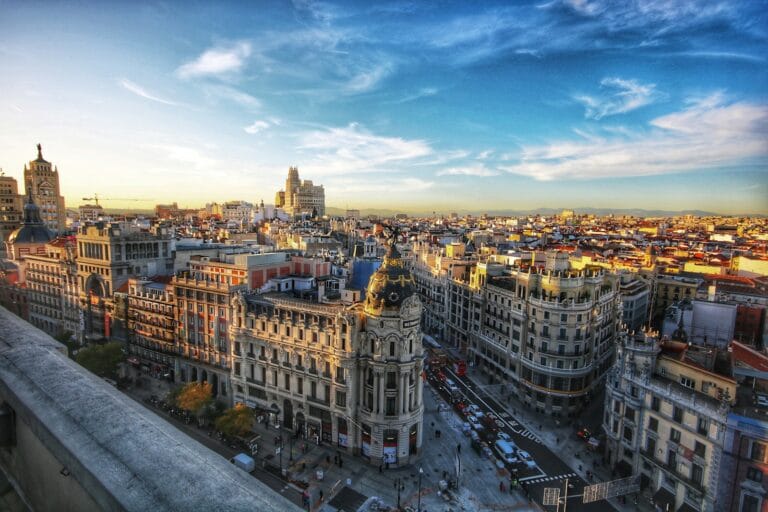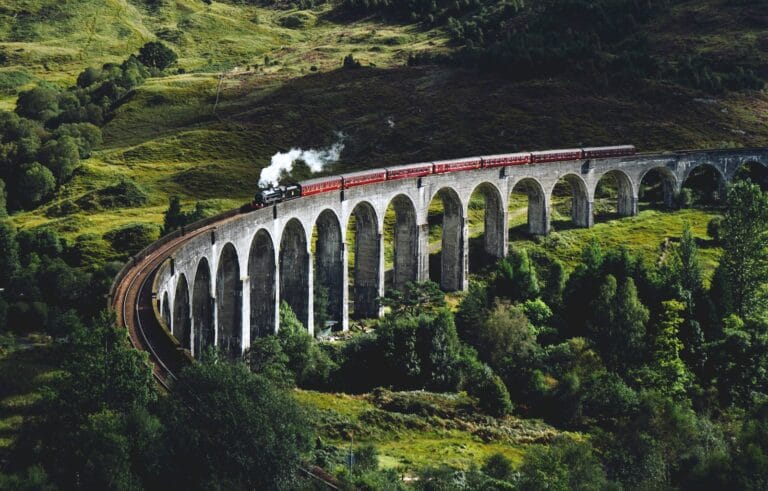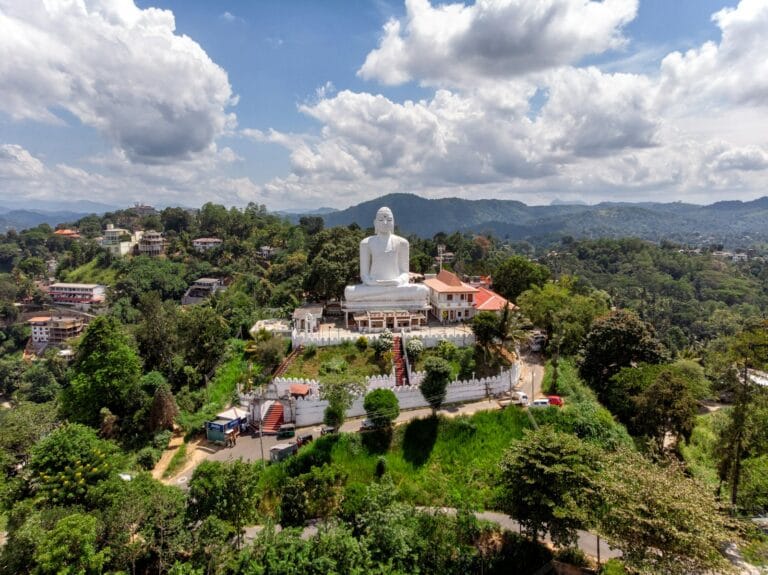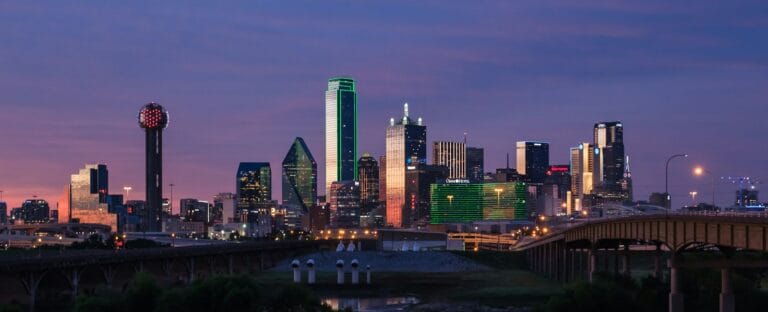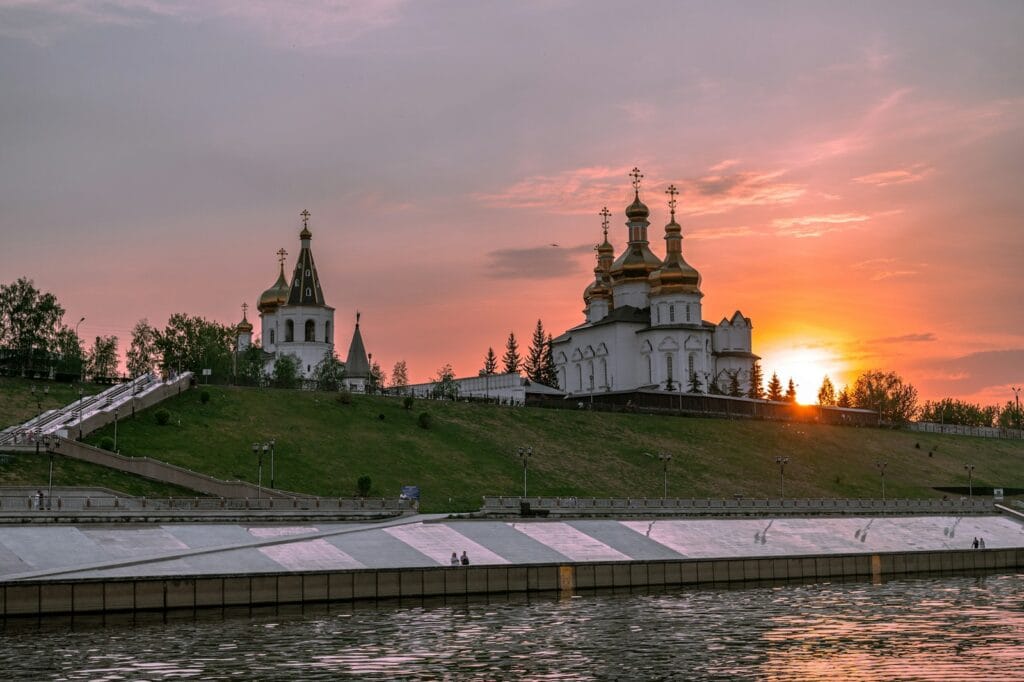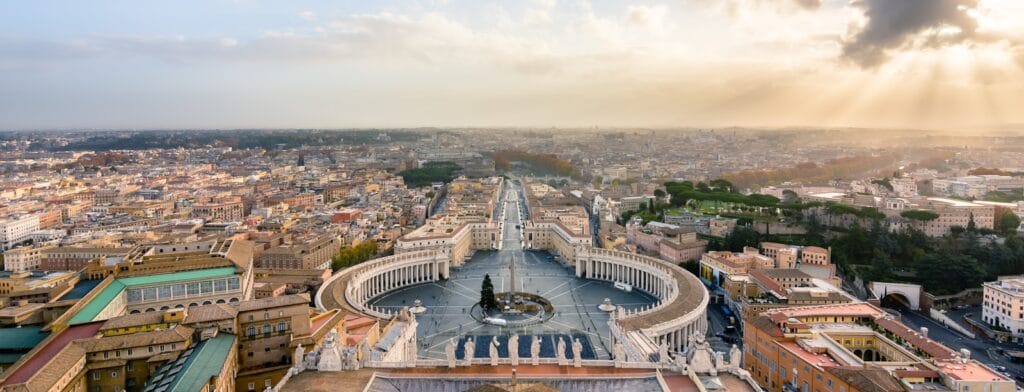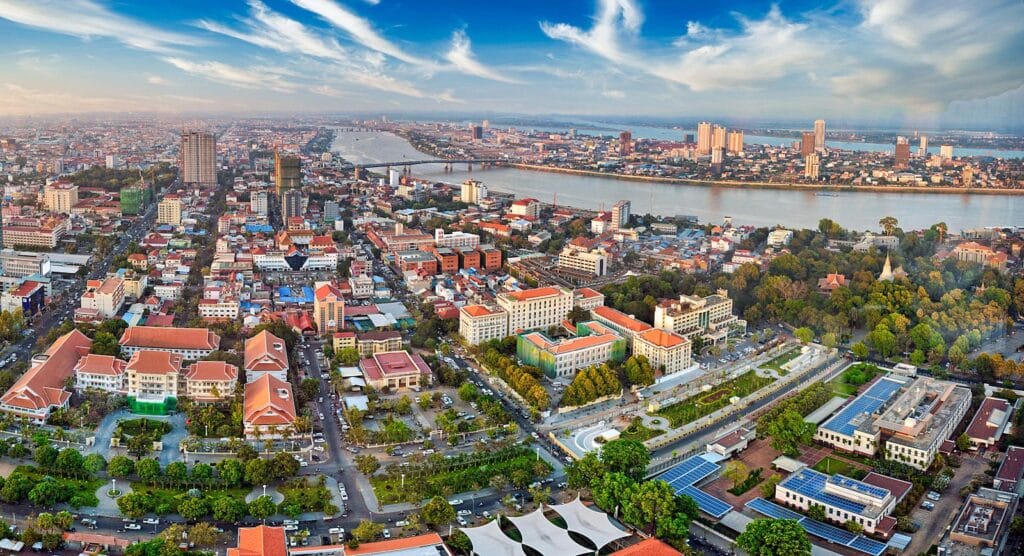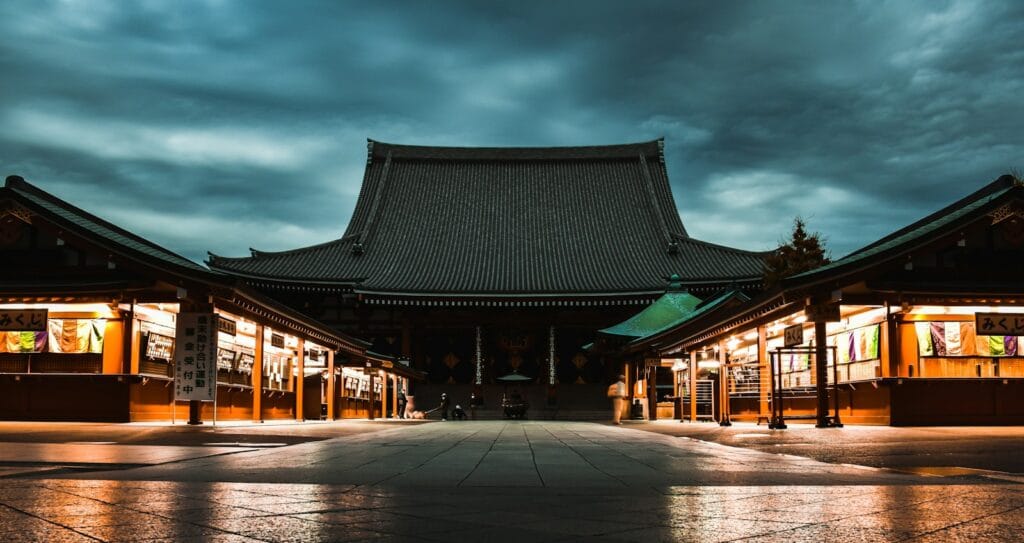Maui Travel Guide: Island Magic, Volcano Views & Ocean Bliss
Intro to Maui Travel Guide
Maui isn’t just another island — it’s a living landscape of fire and water, lush valleys and black sand beaches, ancient Hawaiian culture and unforgettable outdoor adventures. This Maui travel guide will show you why it’s Hawaii’s most spellbinding destination for nature lovers, surfers, culture seekers, and slow travelers alike.
From legendary Road to Hana drives to snorkeling in Molokini Crater, Maui offers a perfect balance of thrill and tranquility. It’s a place to breathe, explore, taste, and reconnect — all within a few magical days.
Start your journey with our Maui tour guide and uncover the best beaches, cultural spots, scenic drives, and immersive island escapes.
💡Quick Facts:
Continent: North America
Country: United States (Hawaii)
Area: 1,883 km² (727 mi²)
Population: ~165,000
Density: ~87/km²
Capital: Wailuku (Maui County seat)
Regions/Subregions: West Maui, South Maui, Upcountry, East Maui (Hāna), Central Maui, North Shore
Language(s): English (official), Hawaiian recognized
Currency: U.S. Dollar (USD)
Time Zone(s): Hawaii Standard Time (UTC−10); no daylight saving
Airports: Kahului (OGG), Kapalua (JHM), Hāna (HNM)
Climate: Tropical – wet east, dry west; microclimates by region
Known For: Haleakalā Crater, Road to Hāna, waterfalls, volcanoes, beaches, snorkeling, whale watching
🛂Arrival Info:
Visa Required: Yes, for most non-U.S. citizens
Visa-Free: Citizens of 40+ countries (e.g., EU, UK, Japan, Australia, South Korea) can enter under the Visa Waiver Program (VWP) for up to 90 days
ESTA Required: Travelers under VWP must apply for ESTA online prior to travel — esta.cbp.dhs.gov
Standard Visa Holders: B1/B2 tourist visa holders are allowed entry
Travel from Mainland U.S.: Considered domestic travel for U.S. residents; no passport needed
Minimum Validity: Passport must be valid for at least 6 months beyond entry (exceptions apply)
💉Health Info:
No special vaccinations required
High-quality healthcare in Wailuku (Maui Memorial Medical Center)
Clinics in Lahaina, Kihei, and Kahului
Travel insurance recommended for outdoor activity injuries or inter-island travel delays
Travel health updates — get coverage here
Stay Informed with Official Updates: World Health Organization – International Travel and Health | Centers for Disease Control and Prevention – Global Travel Health
🚨Travel Advisory:
Safe for tourists; basic precautions advised
Hazards: strong ocean currents, flash floods on Road to Hāna, steep hikes
Monitor for wildfire recovery updates (e.g., Lahaina area)
Emergency number: 911
Stay Informed with Official Updates: US Travel Advisory | UK Foreign Travel Advice
📅Holidays:
Follows U.S. federal holidays
Local festivals:
– Lei Day (May 1)
– Aloha Festivals (Sept)
– Maui Film Festival (June)
Expect closures and traffic delays during major events.
💰Money Matters:
Currency: U.S. Dollar (USD)
Cards: Accepted nearly everywhere
ATMs: Found in all towns and resort areas
Tipping: 15–20% in restaurants and for services
Cash: Helpful for roadside stands, farmers’ markets, and Hāna region
Duty-Free: Not applicable for domestic U.S. travelers
✈️Airports:
Kahului Airport (OGG) – Main Gateway
Location: Central Maui
Airlines: Hawaiian, Alaska, Southwest, United, American, Delta, Air Canada
Ground Transport: Taxis, rideshares, shuttles, rental cars
Kapalua Airport (JHM)
Location: West Maui (Kāʻanapali area)
Inter-island flights only
Hāna Airport (HNM)
Location: East Maui
Used for small charters and emergency flights
🚍Transport:
Rental Cars: Essential for most exploring, especially Road to Hāna and Upcountry
Public Transit: Maui Bus operates limited routes
Taxis & Ride Shares: Uber/Lyft in major towns
Tour Buses: Great for Haleakalā, snorkeling trips, and guided Road to Hāna
📶Connectivity:
SIM/eSIM: AT&T, Verizon, T-Mobile – strong coverage in central and resort zones
Wi-Fi: Available in hotels, cafés, visitor centers
Signal Dead Zones: Road to Hāna, Haleakalā summit, remote beaches – download offline maps
📜Laws & Etiquette:
Drinking Age: 21
Cannabis: Legal for medical use only
LGBTQ+: Very safe and welcoming
Etiquette:
– Respect sacred sites, signs, and wildlife
– Remove shoes indoors when visiting homes
– Don’t stack rocks or disturb coral
🛡️Emergency Info:
Emergency Number: 911
Main Hospital: Maui Memorial Medical Center, Wailuku
Urgent Care: Kihei, Lahaina, Kahului, Pukalani
Ocean Safety: Heed surf warnings; ask lifeguards before swimming
Hiking Safety: Bring water, avoid rain-affected trails, start early
🌦️Weather:
Climate: Tropical
Dry Season: April–October
Wet Season: November–March (brief showers, lush landscapes)
Average Temps:
– Summer: 70–88°F (21–31°C)
– Winter: 65–82°F (18–28°C)
Microclimates:
– West & South: Sunny and dry (Kihei, Lahaina, Wailea)
– East (Hāna): Lush and rainy
– Upcountry: Cool mornings and nights
– Haleakalā Summit: Can drop below freezing
Weather Forecast
Maui Cities & Major Destinations
Maui is divided into five primary regions, each offering distinct scenery and travel experiences — from surfer towns to highland hideaways.
- Kahului
The island’s main gateway and business hub, Kahului is where most travelers arrive by air. While not a tourist hotspot, it’s home to major stores, food trucks, and central roads that connect you to all parts of the island. - Lahaina (West Maui)
A legendary whaling town and former royal capital, Lahaina once blended history, nightlife, art galleries, and oceanfront dining. Following the 2023 wildfires, recovery is ongoing, and tourism is limited — always check current conditions and community advisories before planning a visit. - Kihei (South Maui)
Laid-back and sun-drenched, Kihei is known for casual beaches, great whale watching, and an affordable alternative to the more upscale Wailea. It’s ideal for families, long stays, and travelers who want a relaxed vibe without losing beach access. - Wailea & Makena
These resort areas in South Maui are known for luxury hotels, calm beaches, golf courses, and fine dining. It’s a favorite for honeymooners and travelers looking for indulgence with a quiet backdrop. - Paia & Haiku (North Shore)
Bohemian, breezy, and artsy, Paia is a surfer and yogi favorite — great for boutique shopping, organic cafes, and access to the Road to Hana. Haiku offers a quiet, tropical alternative further inland with waterfalls and local farms. - Upcountry Maui (Kula, Pukalani, Makawao)
On the slopes of Haleakalā, this misty, scenic region blends paniolo (cowboy) towns with botanical farms and panoramic views. It’s ideal for those seeking quiet beauty and authentic rural life. - Hana (East Maui)
Remote and sacred, Hana is the reward at the end of the Road to Hana — a sleepy village surrounded by waterfalls, tropical rainforest, and beaches untouched by time. Perfect for slow travelers and nature immersion.
How to Choose Where to Go in Maui
Each part of Maui offers something special — your perfect base depends on what you’re hoping to find.
- For Beach Lovers & Water Activities:
Stay in South Maui (Kihei, Wailea) for easy beach access, snorkeling, paddleboarding, and sunset strolls. - For Nature, Hiking & Photography:
Explore East Maui and Upcountry for waterfalls, rainforest hikes, crater sunrises, and lush valleys. - For Culture & Local Life:
Spend time in Paia, Makawao, or Hana, where you’ll find local artists, traditional food, sacred sites, and a slower pace. - For Surfing & Adventure Sports:
Head to North Shore Maui — Ho’okipa Beach is a world-renowned windsurfing and big-wave surfing spot. - For Luxury & Romance:
Wailea and Makena offer exclusive resorts, world-class dining, and tranquil beaches — ideal for couples or retreats. - For Family-Friendly Travel:
Kihei and parts of Upcountry offer access to calm beaches, eco-parks, cultural centers, and soft adventures.
Natural Escapes & Scenic Highlights
Nature is the true star of any Maui travel guide — from volcanic craters to jungle cliffs and coral reefs.
- Haleakalā National Park
A massive dormant volcano that spans Maui’s southeastern region. Sunrise over the 10,000-foot summit is an iconic experience — cold, surreal, and sacred. Hiking trails descend into otherworldly red craters and moonlike terrain. At lower elevations, the Kipahulu section features waterfalls and rainforest trails like Pipiwai, home to Maui’s famous bamboo forest. - Road to Hana
A dream drive through over 600 curves and 50 bridges, the Hana Highway hugs cliffs, passes waterfalls, and winds through rainforests. Stop at Twin Falls, Waianapanapa State Park (black sand beach), and the serene town of Hana itself. - ʻĪao Valley State Monument
Just outside Wailuku, this lush and sacred valley features dramatic green spires, misty rain, and easy trails. It’s a key historical site from ancient Hawaiian battles and a peaceful place for reflection. - Makena State Park (Big Beach)
One of Maui’s largest beaches, with golden sands and turquoise waters framed by lava outcrops. Ideal for picnics, sunbathing, and body surfing — though waves can be rough. - Molokini Crater
This crescent-shaped volcanic caldera just off the coast is one of Maui’s top snorkeling and diving spots, with crystal-clear water and vibrant reef life. - Ho’okipa Lookout
Overlooking a beach beloved by windsurfers and sea turtles, this North Shore viewpoint is great for photos, especially at sunset. - La Perouse Bay
Located past Makena, this ancient lava field coastline offers rugged beauty, snorkeling coves, and wild goat sightings — one of Maui’s more off-the-beaten-path natural gems. - Baldwin Beach Park
Near Paia, this scenic beach offers wide sands, gentle waves, and fewer crowds than resort areas — perfect for sunrise walks or local picnics.
Cultural & Historic Landmarks
Despite its popularity with tourists, Maui’s cultural roots run deep. This section of the Maui travel guide highlights places that reveal the island’s Hawaiian history, traditions, and resilience.
- Lahaina Historic Trail
While the town is currently undergoing recovery after devastating fires, Lahaina was once a royal capital and major whaling port. When restored, visitors can follow a self-guided trail through over 60 landmarks, from missionary homes to Hawaiian royalty residences. - Bailey House Museum (Wailuku)
Housed in a 19th-century missionary home, this museum contains Hawaiian artifacts, local artwork, and insight into Maui’s colonization period. - Maui Arts & Cultural Center (Kahului)
The island’s main venue for live music, hula festivals, film, and traditional arts. Check schedules for authentic cultural events during your visit. - Kahanu Garden (Hana)
Part of the National Tropical Botanical Garden network, this coastal site preserves native plants and Polynesian canoe crops. It’s also home to Piʻilanihale Heiau, the largest ancient temple in all of Hawaii. - Halekiʻi-Pihana Heiau (Wailuku)
Sacred remnants of two pre-contact temples located on a bluff above ʻĪao Stream — historically important and spiritually rich, especially for those interested in ancient Hawaiian religion. - Keawala‘i Congregational Church (Makena)
A beautiful lava-rock church built in 1832, still active today with services in Hawaiian. It’s a moving blend of native spirituality and early missionary history. - Makawao Town
This charming Upcountry town is known for its paniolo (Hawaiian cowboy) culture, with wooden storefronts, art galleries, and a famous rodeo around July 4th. - Hana Cultural Center & Museum
A small but powerful site preserving Hana’s isolated cultural identity, showcasing taro farming tools, kapa cloth, and oral histories of this sacred region.
Local Food, Arts & Experiences
A trip to Maui isn’t complete without tasting its farm-fresh bounty, immersing in creative arts, and joining a festival or lūʻau that celebrates Hawaiian heritage.
- Iconic Local Dishes
Try a fresh poke bowl made with ahi tuna, or traditional Hawaiian plate lunches with kalua pork, rice, and macaroni salad. Don’t miss loco moco (gravy-drenched burger over rice with egg) or shave ice from local stands like Ululani’s. - Farm-to-Table & Seafood
Maui’s upcountry farms provide produce to many of the island’s best restaurants. Mama’s Fish House (Paia), Merriman’s (Kapalua), and The Mill House (Waikapū) combine local sourcing with exceptional views and flavor. - Hana Farmers Market
Held weekly, this small, authentic market offers local taro, breadfruit, preserves, fresh produce, and handmade goods — a direct line to the island’s agricultural heart. - Art in Lahaina & Makawao
Before the fires, Lahaina hosted Art Nights and featured dozens of galleries. Many artists have now relocated or are in recovery. Makawao remains a hub for studios, ceramics, and western-Hawaiian fusion crafts. - Maui Friday Town Parties
Each week, a different town hosts an evening block party with live music, street food, artisans, and cultural shows — rotating between Wailuku, Lahaina, Makawao, Kihei, and Lanai City. - Traditional Lūʻau
Experience storytelling through hula, fire dancing, and food. Top-rated shows include Old Lahaina Lūʻau (West Maui), Feast at Lele, and Te Au Moana (Wailea). Book early — they sell out fast. - Cultural Workshops
Join a lei-making class, lauhala weaving, or hula lesson offered at community centers or resorts. These are great ways to engage meaningfully with Hawaiian traditions.
Must-See Experiences in Maui
These unforgettable moments define the island’s magic — curated to reflect the best of nature, culture, and adventure.
- Sunrise at Haleakalā Crater
Bundle up and book a permit to witness the sun crest over Maui’s volcano summit. You’ll stand above the clouds, watching a fiery sky meet an alien landscape. - Snorkeling Molokini Crater
Take a catamaran out to this sunken volcanic cone — the marine life is unmatched, with 100-foot visibility and vibrant coral gardens. - Driving the Full Road to Hana
Slow travel at its finest. The journey is the experience — waterfalls, cliffside lookouts, rainbow eucalyptus trees, and sacred beaches. - Lūʻau Under the Stars
Reserve a traditional lūʻau with a view of the ocean at sunset. The music, chants, and hula tell the story of the islands. - Watching Humpback Whales (Winter)
From November to April, thousands of whales migrate to Maui’s warm waters. Take a whale-watching tour from Maʻalaea or Lahaina for unforgettable encounters. - Swimming at Black Sand Beach (Waianapanapa)
This surreal beach with jet-black volcanic sand, sea arches, and cave trails is one of the most photogenic spots in East Maui. - Exploring Upcountry Farms
From goat cheese tastings at Surfing Goat Dairy to botanical gardens in Kula, the misty slopes of Haleakalā offer serene, foodie-focused exploration.
Discover top-rated Maui tours and experiences, and explore the best things to do in Maui — from food walks and waterfall hikes to crater sunrises and reef snorkeling. Book early for exclusive access and flexible cancellation.
Getting Around Maui
While compact, Maui’s limited public transport means most travelers need wheels to explore fully.
- Rental Cars
Essential for most visitors — especially if you want to explore the Road to Hana, Upcountry, or Haleakalā. Book early during peak seasons. - Shuttles & Airport Transfers
Many resorts and towns offer shuttle service from Kahului Airport (OGG), but not all areas are covered. Private services are more reliable than public buses. - The Maui Bus
An affordable but limited public system. Good for trips between Kahului, Lahaina, Kihei, and Wailuku. Not ideal for Road to Hana or Haleakalā. - Scooters & Bikes
Great for getting around Lahaina or Kihei, but not for remote roads. Electric bike rentals are growing in popularity in flat beach towns. - Tours with Transport
Many Maui tours include pickup — ideal if you don’t want to drive the Road to Hana or to the crater yourself.
Best Time to Visit Maui
Maui is beautiful year-round, but each season brings different experiences, costs, and crowds.
- Spring (April–May)
Warm, fewer tourists, and blooming landscapes. A sweet spot between winter crowds and summer rush. Great for hiking and beach days. - Summer (June–August)
Hot, dry, and busy — especially with family travelers. Best time for snorkeling, calm ocean conditions, and long days. - Fall (September–October)
Low crowds, warm water, and budget-friendly rates. Ideal for quiet escapes and food festivals. - Winter (November–March)
Cooler temps, especially in the evenings. Whale-watching season peaks in February. Holidays bring high prices, but it’s magical.
For budget-conscious visitors, the best time to visit Maui is late spring or early fall — you’ll avoid the highest travel cost in Maui while still enjoying great weather and uncrowded sights.
Best Travel Itineraries in Maui
Crafted for different interests and durations, these sample routes help you plan the most from your Maui stay.
5-Day Classic Highlights
- Day 1: Arrive + beach sunset in Kihei
- Day 2: Haleakalā sunrise + Upcountry drive
- Day 3: Road to Hana (overnight in Hana if possible)
- Day 4: Explore Hana + Waianapanapa + return
- Day 5: Snorkeling Molokini + sunset lūʻau
7-Day Adventure & Culture Loop
- South Maui beach days + Kihei food truck nights
- Haleakalā crater hike + Kula lavender farm
- Full Road to Hana with overnight
- Whale watching (winter) or sea kayak tour (summer)
- Friday town party + Makawao art stroll
10-Day Slow Travel Itinerary
- Split between Kihei (beaches), Upcountry (scenery), and Hana (nature)
- Mix snorkeling, hiking, local events, and cultural classes
- Visit lesser-known beaches, hidden waterfalls, and local farms
Travel Safety & Etiquette in Maui
Respecting nature and culture is essential on the island.
- Ocean Safety
Maui’s waters can be deceptive — watch for signs, don’t turn your back to the waves, and avoid risky cliff jumps unless guided. - Road to Hana Driving Tips
Go slow, yield to locals, and let faster cars pass. Don’t park illegally at waterfalls — it damages nature and risks fines. - Respect Sacred Sites
Heiaus (temples), petroglyphs, and certain waterfalls are considered sacred. Don’t climb or enter restricted areas. Never remove rocks or sand. - Wildlife Etiquette
Keep distance from sea turtles and monk seals (at least 10–15 feet). Never touch marine life when snorkeling. - Lūʻau Behavior
Participate with respect — these are cultural performances, not tourist gimmicks. Dress modestly and stay off the dance floor unless invited. - Driving & Connectivity
Some remote areas (like Hana or La Perouse) may have no cell signal. Download offline maps and drive with caution at night.
Nearby States to Explore
Pair Maui with other island or mainland adventures for an even richer trip.
- Big Island (Hawaiʻi)
Just a short flight away, the Big Island offers lava flows, stargazing atop Mauna Kea, and contrasting ecosystems. Great for volcano lovers and divers. - Oʻahu
Home to Honolulu and Pearl Harbor, Oʻahu blends urban life with legendary beaches like Waikīkī and North Shore. Ideal for history and surf. - Kauaʻi
Nicknamed the Garden Isle, Kauaʻi is even more lush and wild — full of canyons, waterfalls, and secluded beaches. A nature photographer’s dream. - California
If flying from the mainland U.S., extend your trip with a stop in California — great beaches, wine country, and smooth Pacific routes. - Washington State
Seattle offers volcano views, coastal culture, and direct flights to Hawaii. A perfect cool-climate contrast.
Final Planning Checklist for Maui
- Reserve Haleakalā sunrise permits at least a week in advance
- Book Maui tours early, especially snorkeling and lūʻaus
- Download offline maps — Road to Hana has poor signal
- Avoid touching marine life — it’s illegal and harmful
- Respect fire recovery zones, especially in Lahaina
- Travel with reef-safe sunscreen — required by law
- Rent a car for full flexibility, or join tours with transport
- Pack for layers — volcano mornings are cold, beach days hot
- Try at least one cultural experience — hula, lei-making, or storytelling
- Travel slow — don’t cram too much, let Maui unfold naturally
For more expert travel tips, practical strategies, and trusted tools — visit our Homepage and get inspired for your next trip.

